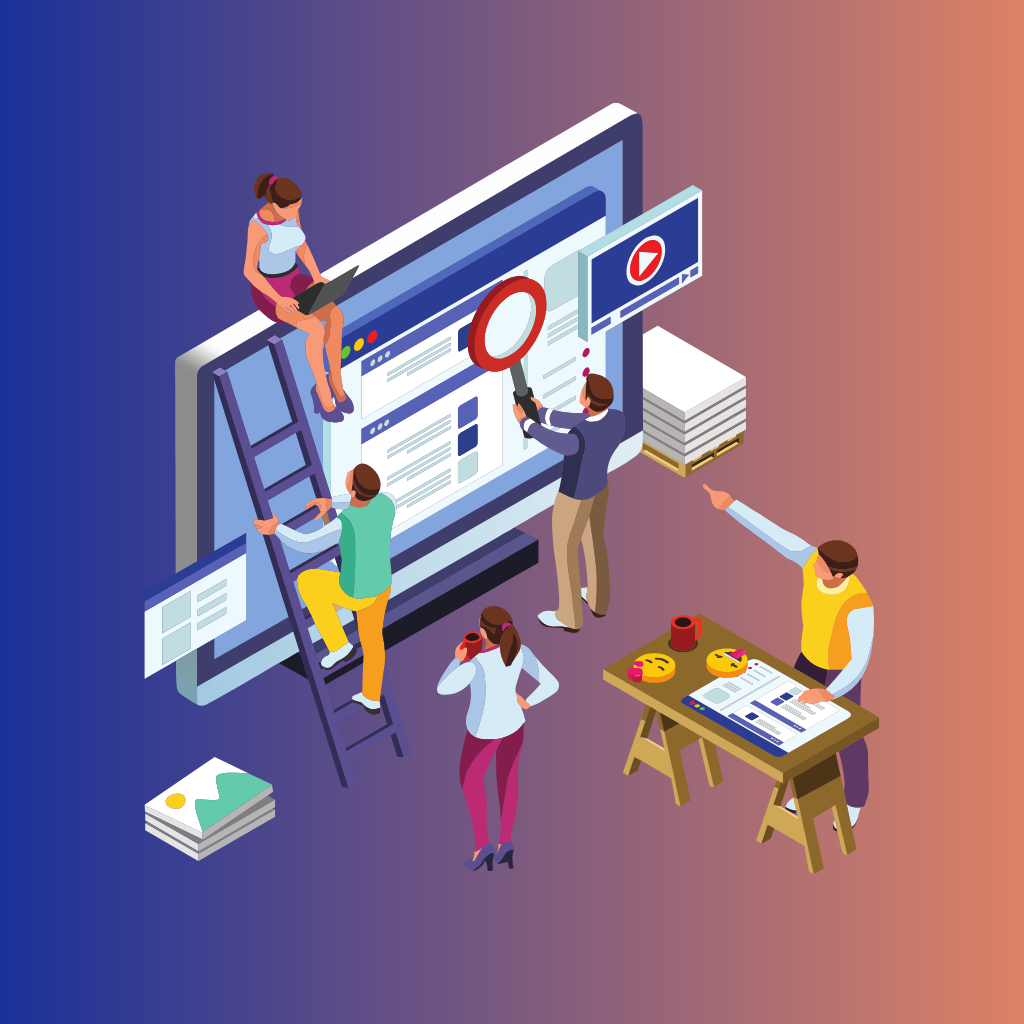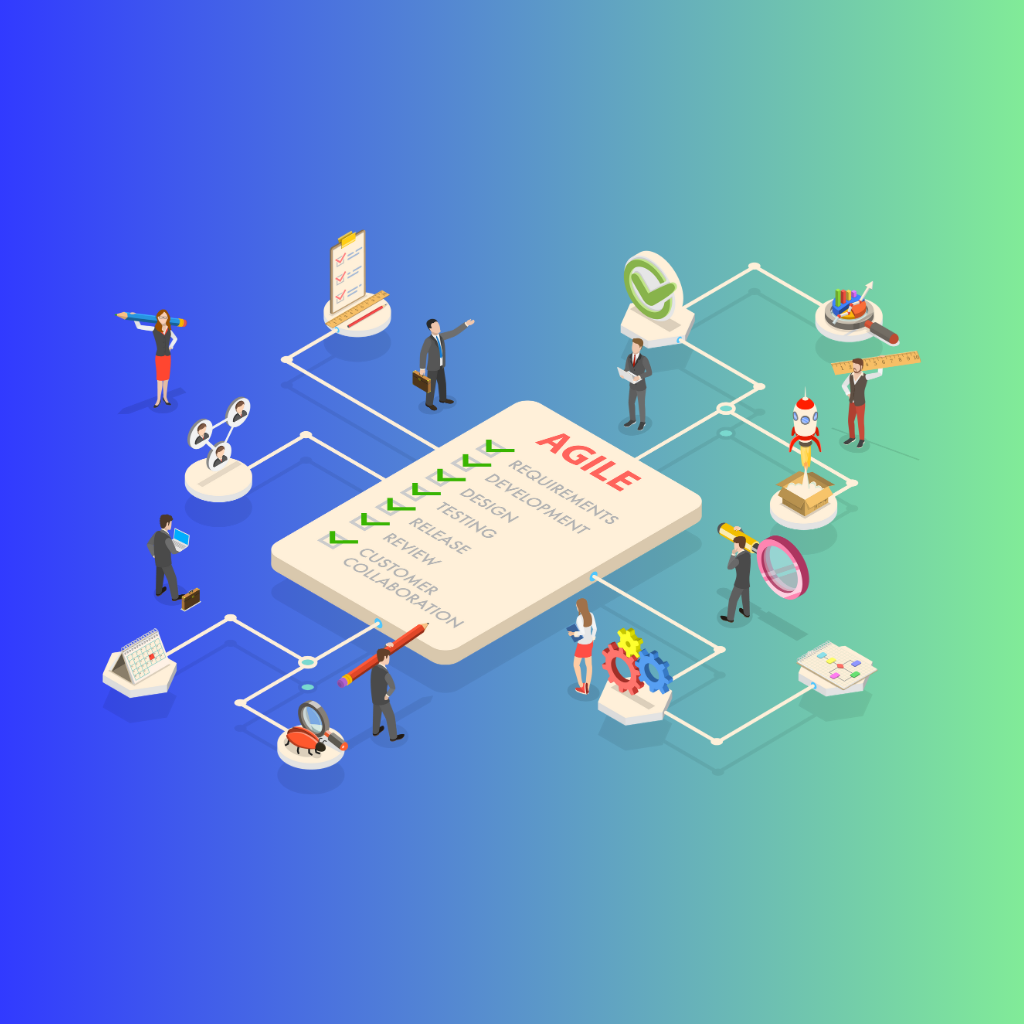Today's digital world represents web development as a key field that impacts our online experiences. We use websites for almost everything, be it social media, online shopping, or finding the answer to any question. Building and maintenance of those websites is called web development. The process in which websites are developed and designed by using coding or programming and markups is what is termed web development. It basically involves the creation of coding, design, and content. Development ensures that everything under the hood functions smoothly, whereas web design works on how the site looks. Web development is, therefore, a very important process.
Today, most businesses and individuals bank on online interactions, so an existence without a well-developed website would mean a major missing key tool in its existence. User experience is enhanced due to a great website; therefore, it enhances credibility, accessibility, and engagement. It is a major prerequisite for success in this competitive modern world.
II. Understanding Web Development
Definition and Scope
Web development is the process of creating, building, and maintaining websites. The entire work, such as coding and programming, up to the management of databases and server configurations, is involved in building a website. The purpose of web development is to ensure that websites run effectively without any hindrance for users.
The scope of web development is broad and includes:
- Static websites: Basic kinds of websites, which majorly consist of unsystematic content, which can be updated at irregular time intervals.
- Dynamic websites: Interactive websites where content can be updated easily at regular intervals and where users can respond or interact with the website.
- E-commerce sites: Websites developed by an organization for their online store, where an organization's products and services are sold.
- Content management systems: Websites such as WordPress and Joomla, which give the user an easier way to create and manage content without expert knowledge.
- Web applications: Complex applications capable of executing specific tasks in an online environment. Examples include online banking systems and project management applications.
Differentiation from Web Design
Web development is very frequently confused with web design, but the two are entirely different from each other.
- Web Design: This field has to do with the visual and user experience part of the website. Web designers are basically responsible for the layout, color schemes, kind of typography, and the overall look of any website. To do so, they can make use of Adobe Photoshop, Adobe Illustrator, and Sketch to bring about the appearance and character of a website. They aim to make the website look good as well as make it easier and more efficient for navigation.
- Web Development: This involves the more technical aspect needed in constructing the website. Programming languages include HTML, CSS, and JavaScript used in front-end development and languages like PHP, Ruby, Python, and Java used for back-end development. In this manner, a web developer will be working to enhance the activities of the website and add to its functionality as well through the addition of databases and servers.
In simple words, web design is kind of the front end—it converts an interface into a website. Web development codes the representation into life, making sure every little thing about the site works. They are all important, and very many times the designers and developers work very closely with each other to craft an excellent website.
III. Components of Web Development
Web development involves several key disciplines that work together to make a functional, user-friendly website. In broad terms, web development's key components contain front-end development, back-end development, and full-stack development.
Front-End Development
Front-end development, also known as client-side development, focuses on everything users see and interact with on a website. It involves using three main technologies:
- HTML (HyperText Markup Language): This styles HTML elements, like layout, colors, fonts, or overall style. This ensures that a site looks appealing and consistent across different states and screen sizes.
- CSS (Cascading Style Sheets): CSS is used to style the HTML elements, controlling the layout, colors, fonts, and overall appearance of the site. It ensures that the website looks appealing and consistent across different devices and screen sizes.
- JavaScript: A scripting language that allows interactivity and dynamic behavior; it features form validation, interactive maps, and updating content, thus giving life and motion to a website.
Back-End Development
Back-end development, or server-side development, deals with the server, database, and application that work behind the scenes to power the front-end. Key components of back-end development include:
- Server: First of all, the data of the website has to be stored in a server, a computer that provides data to other computers. It serves in response to a user's request or instructions.
- Database: A database back-end is where all the data would be stored in—any user information, product details, or content that the website needs to function. Some common databases include MySQL, PostgreSQL, and MongoDB.
- Application: The term back-end denotes server-side code. It holds the responsibility of connecting the front-end to the back-end by using business logic, user authentication, and processing the provided data. Commonly used programming languages for back-end development include PHP, Python, Ruby, and Java.
Full-Stack Development
Full-stack development refers to the practice of working on both the front-end and back-end of a website. Full-stack developers have the skills to build a complete web application from scratch, handling both client-side and server-side tasks.
Combination of Front-end and Back-end: A full-stack developer is good in both front-end technologies like HTML, CSS, and Javascript, and server-side technologies like server management, database integration, and server-side programming languages. He or she is efficient in designing the user interface and ensuring that the underlying systems perform together seamlessly.
IV. The Web Development Process
Creating a successful website involves several stages, each crucial to ensuring the final product meets user needs and business goals. Here’s a breakdown of the web development process:
1. Planning and Requirements Gathering
The process of any web development initiates through proper planning and gathering requirements. The process demands understanding the target of your website, audience, and the key features required. Stakeholders like business owners, project managers, and developers define objectives and functionalities such that the purpose of websites is clearly understood.
Key Activities:
- Market research must be undertaken to know what user needs and prefers.
- The purpose of the website must be defined—for example, e-commerce, informational, or social networking.
- Initiating a project plan with a defined set of timelines and including all important milestones with deliverables.
- Identifying technical requirements that may include a platform to be used, technologies, and resources.
Importance: Planning and requirements gathering are undoubtedly necessary to make your project directional and make all stakeholders on board. This process will help avoid scope creep and set realistic expectations for the development process.
2. Designing and Prototyping
Once your requirements are gathered accurately and in detail, the next step is designing and prototyping, for which the design phase has entered. This phase will focus on developing a visual layout and user interface of the website.
Key Activities:
- Developing wireframes and mockups to have a visualization of the structure and design of the website.
- Creation of design elements like color schemes, typography, and graphics.
- Development of the interactive prototype to demonstrate the user's flow and functionality.
Importance: Designing and prototyping help in translating the idea into a visual format and help stakeholders review and give their feedback. It helps to make sure your website is user-friendly and easy to use.
3. Development and Coding
With the design approved, the development and coding phase begins. Here is where the website's functionality is built and designs actually come to life.
Key Activities:
- Front-end development: Building up the user interface from scratch by using HTML, CSS, and JavaScript.
- Back-end development: Development of server-side logic, integration of such in the database, and application functions.
- Integrating third-party services and APIs in order to expand the functionality of the website.
Importance: Development and coding are important because they ensure that a site holds all features accurately and decently, surviving across devices and web browsers.
4. Testing and Quality Assurance
One of the steps to be pursued with a high degree of meticulousness is testing and quality assurance, and this should come before the website is launched.
Key Activities:
- Functional testing to make sure all the features are working as they should.
- Usability testing to assure that the site is user-friendly.
- Performance testing to assure that the speed of a website is at its best.
- Security testing to assure all the vulnerabilities are spotted and the user's data is safe.
Importance: Proper testing and QA will offer a polished and secure website that will guarantee users a pleasant interaction with the site. It will meet high standards of performance and security.
5. Deployment and Maintenance
Deployment and maintenance are the last phase a website goes through and remains thereon. Deployment involves the hosting of the website where it shall remain accessible to the people.
Key Activities:
- Setup hosting environment, server configuration.
- Deploying website code and database to a live server.
- Monitor the performance of the website and troubleshoot issues.
- Regular updating of the website to upgrade features, enhance security, and fix bugs.
Importance: Deployment and maintenance maintain that the website is functional and up to date. Maintenance is an important aspect of good security, improved user experience, and changing business needs.
V. Conclusion
Web development is the core of the digital age that gives everyone, businesses, and individuals the chance to have functional, appealing websites made. We described what web development means and what it involves, unlike web design. We have described the most important parts: front-end, back-end, and full-stack—one by one, each of them doing their part in terms of delivering a usable experience to a user.
In its turn, web development goes through some certain stages: planning and requirements gathering, design and prototyping, development and coding, testing and quality assurance, deployment, and maintenance. All of them are important to ensure that the final product addresses the user's needs and business goals.
In a word**, web development is a dynamic and constantly changing area**, so important these days in our digital life. Through this understanding of its elements and a structured development process, a business can build not only functional but also future-proof websites to be competitive in the modern world.







